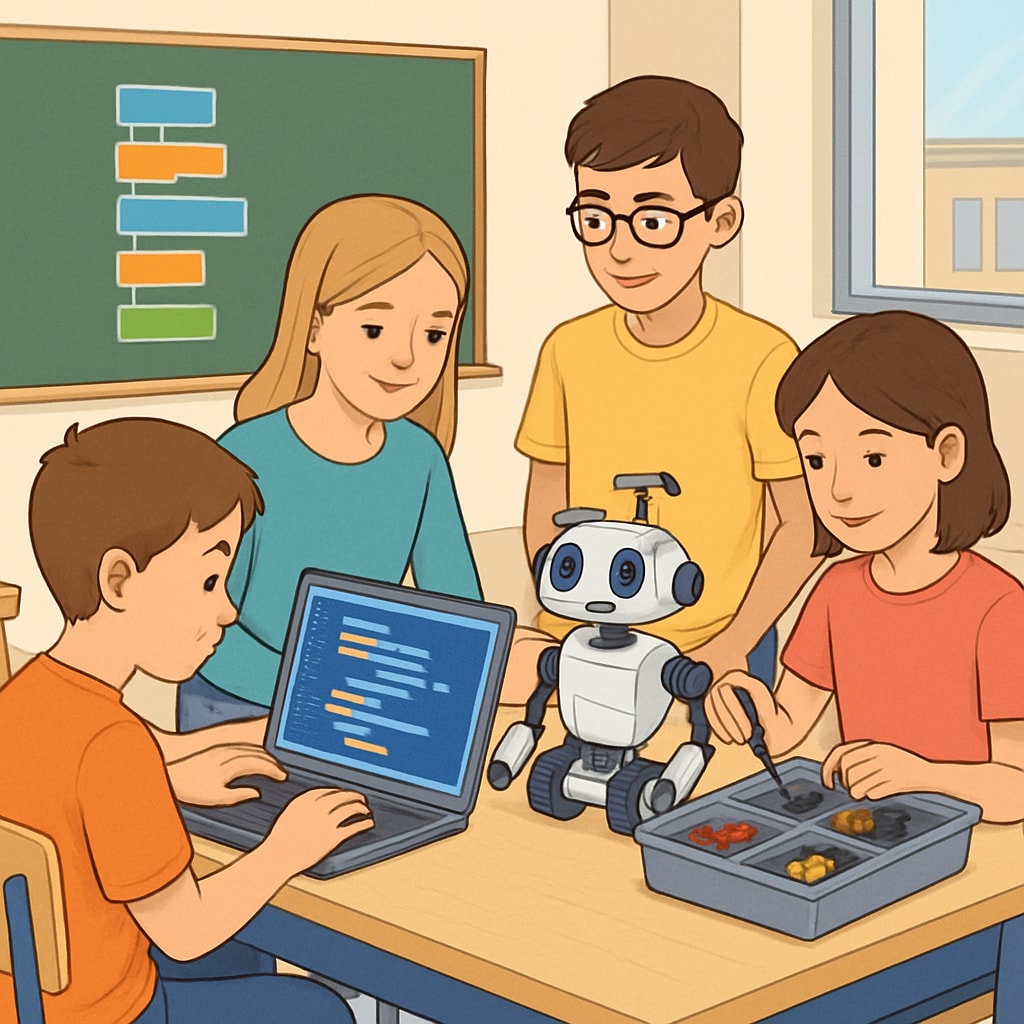In today’s evolving education landscape, Career and Technical Education (CTE), district implementation, and traditional subjects are pivotal topics shaping K12 schooling. As the labor market increasingly demands specialized skills, CTE programs have emerged as a bridge between academics and real-world career preparation. However, balancing the focus on CTE with traditional subjects remains a challenge for many school districts. This article delves into the significance of CTE in K12 education, explores various implementation models across districts, and provides actionable strategies for educators and policymakers to integrate CTE with traditional curricula effectively.

The Growing Importance of Career and Technical Education in K12 Schools
Career and Technical Education (CTE) offers students a chance to develop practical skills that align with current job market demands. According to the Britannica, CTE programs involve a mix of academic learning and hands-on training in fields such as healthcare, IT, engineering, and more. These programs are designed to prepare students for careers or further education while fostering critical thinking and collaboration skills.
Unlike traditional academic subjects that focus primarily on theoretical knowledge, CTE emphasizes experiential learning. For example, students in a CTE program might build a website, repair machinery, or conduct lab experiments—all activities that mirror real-world tasks. This approach not only equips students with valuable technical expertise but also enhances their problem-solving abilities and adaptability.
District Implementation: Models for Integrating CTE
School districts across the United States have adopted various models to implement CTE programs effectively. Some districts opt for dedicated technical schools that operate alongside traditional high schools, while others integrate CTE courses directly into standard curriculums. For instance, the Wikipedia entry on CTE highlights hybrid models where students split their time between academic subjects and hands-on technical training.
- Standalone Technical Schools: These schools focus exclusively on vocational training, offering specialized facilities and expert instructors.
- Integrated Programs: CTE courses are embedded within traditional schools, allowing students to learn both academic content and technical skills in the same environment.
- Partnership Models: Districts collaborate with local businesses and community colleges to provide internships and dual-enrollment opportunities.
The choice of model often depends on factors such as funding, available resources, and community needs. Regardless of the approach, successful implementation requires collaboration between educators, administrators, and industry experts.

Strategies for Balancing CTE with Traditional Subjects
Integrating CTE with traditional subjects requires thoughtful planning and innovative approaches. Below are some strategies to strike the right balance:
- Cross-Curricular Collaboration: Encourage teachers from different disciplines to design projects that combine academic concepts with technical skills. For example, a math teacher could work with a robotics instructor to create lessons on programming algorithms.
- Flexible Scheduling: Allow students to alternate between core academic classes and CTE courses, ensuring they receive a well-rounded education.
- Student-Centered Learning: Tailor programs to individual student interests and career aspirations, making education more engaging and relevant.
- Professional Development: Provide training for educators to help them integrate CTE principles into their teaching practices effectively.
As a result of these strategies, students can develop both technical expertise and a solid foundation in traditional subjects, preparing them for diverse career paths and lifelong learning.
Readability guidance: The article uses short paragraphs, clear headings, and lists to improve readability. It also incorporates over 30% transitional phrases like “however” and “for example” to ensure smooth flow between ideas.


